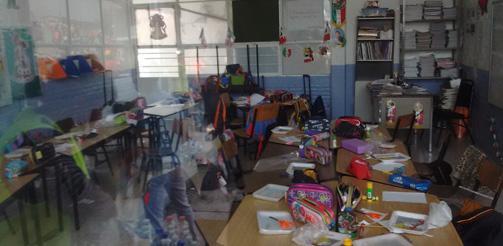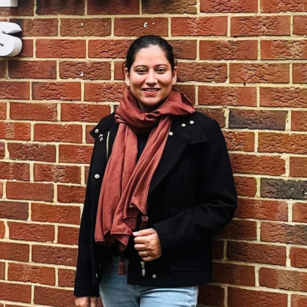Last month’s devastating earthquake in Mexico City highlights a dire need to escalate the fight against corruption.

‘I won’t run, or scream, or push others’
All young Mexicans attending school after 1985 will be familiar with this phrase. To help prepare us for possible earthquakes, evacuation drills were a regular occurrence. At the time we didn’t take those drills particularly seriously. In Mexico City, earthquakes are common. The frequency of less intense quakes made us lose awareness of how to react when a serious one arrived. Whilst a student at university, I can recall several occasions when we would hear the seismic alarm, feel a minor to moderate shaking, but not abandon the building because we did not think it implied a substantial risk – why bother when we had had so many drills in past years and the building was fine? Most of us were too young to remember the earthquake of 1985, which stole 10,000 lives from Mexico City. Now, after 32 years, Mexico City’s citizens have had another wake-up call.
Geographical factors make Mexico City a vulnerable setting for earthquakes. The city was founded 700 years ago over a valley with five large lakes, surrounded by volcanoes and mountains. Moreover, the city’s proximity to the nearby colliding North American and Cocos tectonic plates makes its 21 million inhabitants highly susceptible to experiencing seismic activity. Of course, Mexico City is not alone in its vulnerability to natural disasters. It is among eight of the most populous cities in the world which are built on earthquake fault-lines.
Development over safety
Approximately 4,000 buildings were seriously damaged in September’s earthquake, 44 buildings collapsed and 300 people died.
The truth is that many lives were lost as a result of corrupt practices and ‘development over safety’. The city was not completely committed to meeting standard building regulations and ensuring its citizens were better prepared for dangerous quakes.
After the devastation caused by the 1985 earthquake, Mexico City’s building regulations were changed and now are recognised worldwide as exemplary. The main problem is that, in some cases, these regulations are not being correctly enforced. Many destroyed buildings had previous anomalies that could have been spotted beforehand with suitable supervision. For instance, since 2010 the law has prohibited billboards being placed on rooftops because some structures are simply not suited to support their weight (which can be five to ten tons). Two of the buildings that collapsed had such billboards on their rooves.
Engineers suggest that some of the buildings that collapsed, which were finished just this year, fell due to cheap building materials and a weak structure. Homeowners face desperation as blames pass from the developers, to the authorities, to them – who in most cases, do not have property insurance. There are currently around 10,000 pending requests for damaged structures to be investigated by local municipalities.
The structure of Enrique Rebsamen school, where more than 20 children died, was checked by the authorities shortly before the earthquake and an inspector said that the building was in habitable condition.
In the hip boroughs of la Condesa and la Roma new floors were illegally added to old two-storey houses, whose foundations were not designed to support more weight. On other collapsed or damaged buildings, low quality materials were employed and the original building plans were not followed.
The Government can only supervise the structure of buildings with more than ten thousand square metres. For smaller properties, supervision is done by the local municipality, whose level of control is lower and who lack sufficient personnel to respond to all queries.
Although illegal, 60 per cent of the city is composed of informal settlements. Without architects or engineers, vulnerable populations build houses with the materials they have access to, while struggling to access basic public services.
What now?
The popularised hashtag #FuerzaMéxico – ‘Mexico keep strong’ – reflects the impressive mobilisation of civil society using social media to organise food donations, buy digging equipment, or have engineers and architects revise the structure of buildings in devastated areas. A sense of unity has arisen among citizens after the quake, which was in part triggered by the lack of responsiveness of the authorities. Civil society is demanding the creation of a specialised government agency that keeps track of the historical condition of the structure of buildings, guarantees the fulfilment of building regulations, and enhances a culture of safety among citizens.
On 19 September 2017, Mexico City’s Head of Government formally announced the launch of a City Resilience Office. Was this a coincidence? This new government agency will focus on fulfilling the resilience strategy – in partnership with 100 Resilient Cities – and which is mainly focused on efficiently tackling potential hazards the city is prone to, such as earthquakes, floods or wildfires. It is an advantage to have a thorough identification of goals to build resilience, a new government agency that works with specific strategies, and a re-awakened and conscious civil society. However, the real battle for Mexicans remains: to fight against corruption.
Image: ‘Scene from the devasated Simón Bolívar elementary school in Mexico City shortly after the earthquake’. Credit: Germán Gutiérrez on Flickr.
